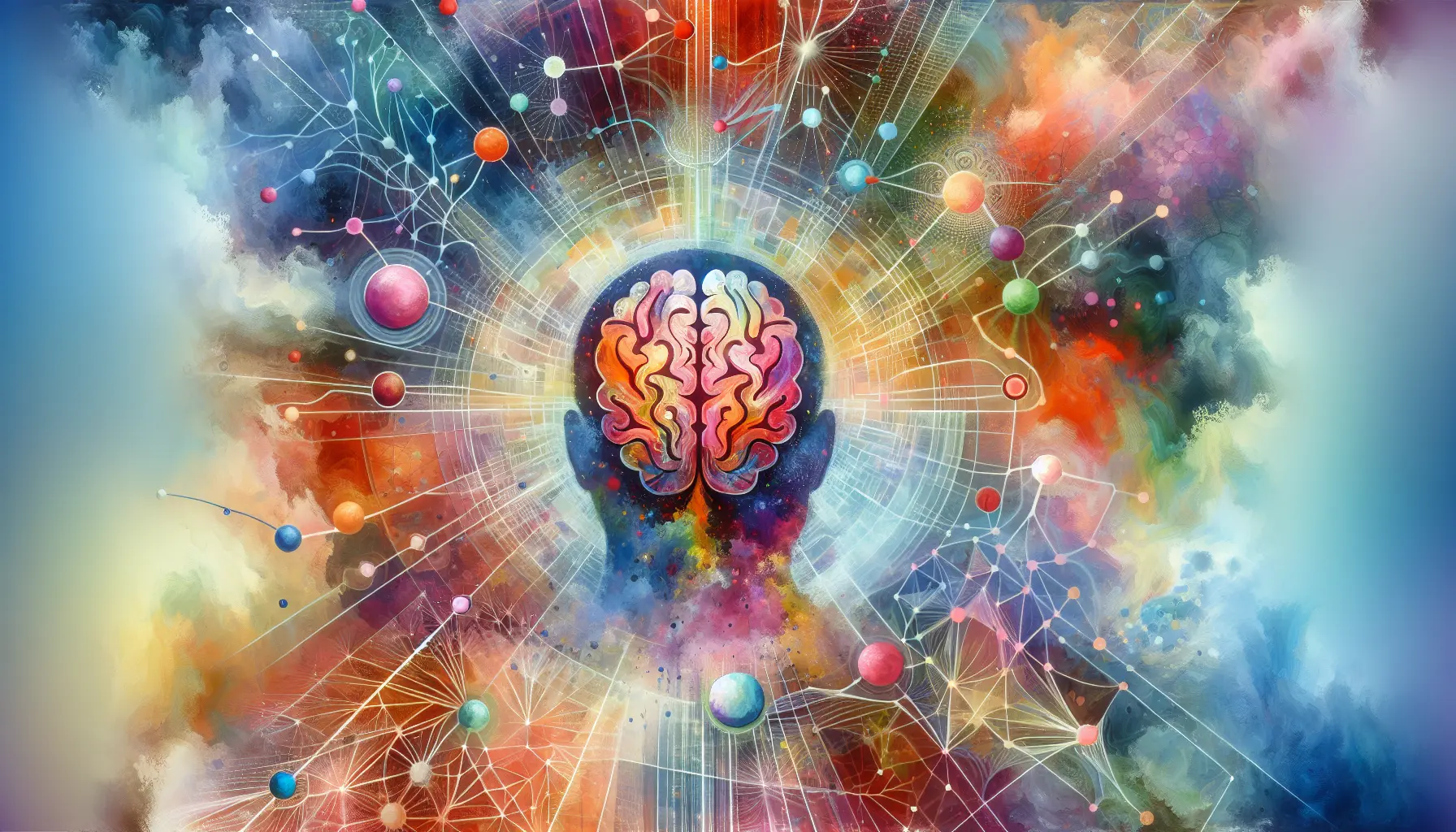
What is QEEG Brain Mapping?
QEEG brain mapping involves recording the brain's electrical activity.
- Electrodes placed on the scalp capture brain waves. Which are rhythmic electrical impulses generated by neurons communicating with each other.
- The collected data collected is analyzed using mathematical methods to produce a brain map. That quantifies brain wave frequency[1][2][3]:
- power
- amount
- distribution
- ratios
How QEEG Works
Data Collection
The process begins with placing a comfortable cap containing sensors on the individual's head. These sensors measure brain waves of different frequencies. Such as:
- Delta
- Theta
- Alpha
- Beta
The recording typically lasts about 30 minutes. While the individual is at rest or engaged in specific tasks[1][2][4].
Data Analysis
The recorded data is compared to a normative database. Which contains EEG data from a large, diverse population. This comparison helps identify deviations from typical brain activity patterns. Which can indicate various neurological or psychiatric conditions. The analysis focuses on power spectral analyses. Which generate quantitative metrics related to behavioral & cognitive brain functions[3][4].
Diagnostic Applications
QEEG brain mapping identifies & measures a range of conditions, including:
Attention Deficit Hyperactivity Disorder (ADHD)
QEEG can reveal abnormalities in brain wave patterns associated with inattention & hyperactivity[3].
Schizophrenia
Deviations in brain activity patterns can help diagnose & monitor schizophrenia[3].
Obsessive-Compulsive Disorder (OCD)
Abnormal brain wave activity in specific regions can indicate OCD[3].
Anxiety & Stress
QEEG can detect brain wave patterns associated with high stress & anxiety levels. Providing insights for targeted interventions[4].
Monitoring and Treatment
Personalized Treatment Plans
QEEG brain mapping allows for the creation of personalized treatment plans. Based on the individual's unique brain activity patterns. This approach ensures that interventions are tailored to address specific abnormalities. Enhancing their effectiveness[1][4].
Neurofeedback Therapy
One of the primary therapeutic applications of QEEG is neurofeedback therapy. This non-invasive treatment uses real-time feedback to help individuals regulate their brain activity. Neurofeedback can improve symptoms of various conditions. By training the brain to produce healthy patterns of activity. These conditions include[1][2]:
- ADHD
- anxiety
- depression
Tracking Progress
QEEG is also valuable for monitoring the effectiveness of treatments. Clinicians can assess changes in brain activity & adjust interventions as needed. By comparing pre-treatment & post-treatment brain maps. Ongoing monitoring helps ensure that treatments remain effective. Driving modifications to the treatments to achieve the best outcomes[4].
Advantages of QEEG Brain Mapping
Non-Invasive
QEEG is a safe & painless procedure. That does not involve radiation or invasive techniques[2][4].
Comprehensive
QEEG provides a detailed view of brain activity. Offering insights that are not possible with traditional diagnostic methods[1][3].
Personalized
The ability to tailor treatments based on individual brain activity patterns. Enhances the effectiveness of interventions[1][4].
Versatile
QEEG can be used for a wide range of conditions. Making it a valuable tool in both clinical & research settings[3][4].
Conclusion
QEEG brain mapping is revolutionizing the field of mental health diagnostics and treatment. By providing detailed insights into brain activity, it enables:
- accurate diagnosis
- personalized treatment plans
- effective monitoring of progress
As technology continues to advance, QEEG will play an increasingly important role. In improving mental health care & outcomes for individuals with neurological & psychiatric conditions.
